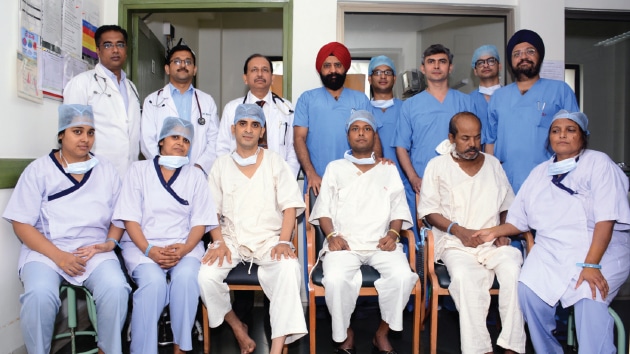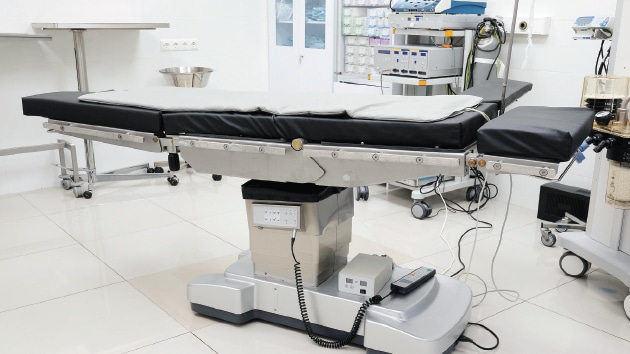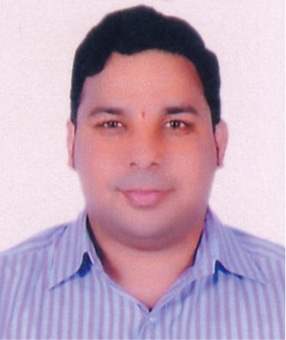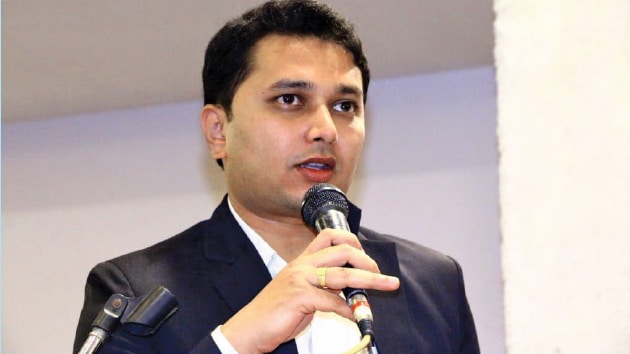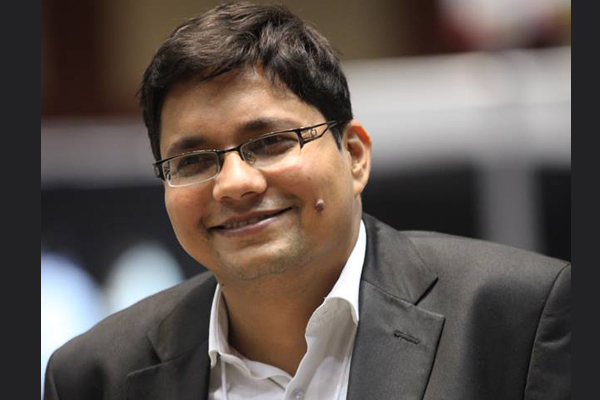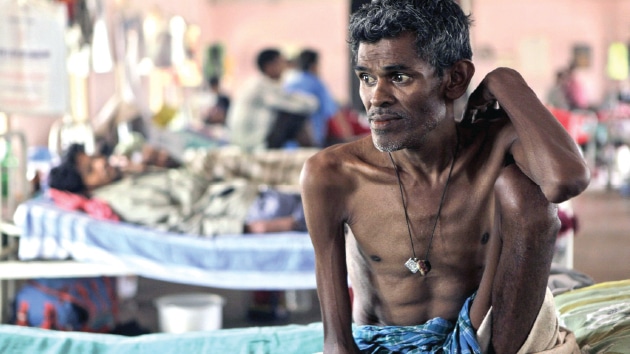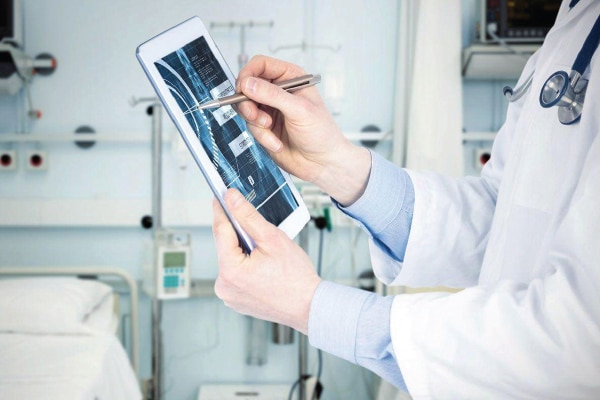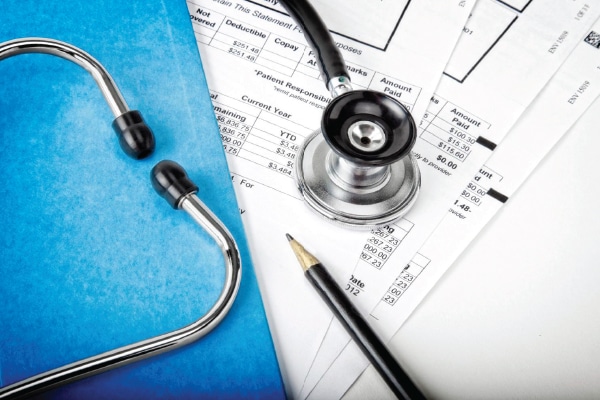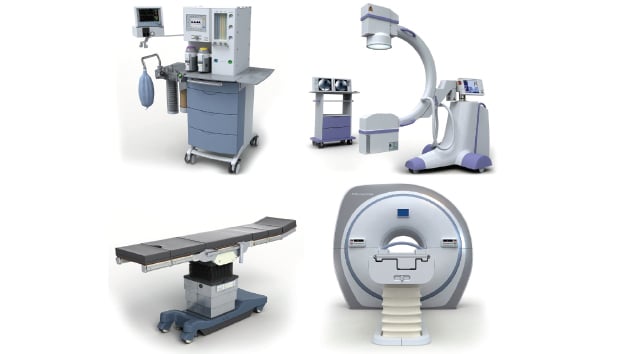
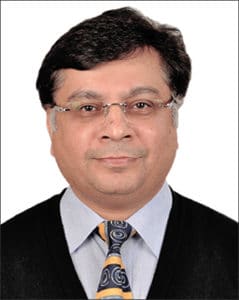 The Government is expected to walk the fine line between making healthcare affordable and promoting Make in India or Make outside India, writes Rajiv Nath, Forum Coordinator of Association of Indian Medical Device Industry (AIMED) for Elets News Network (ENN).
The Government is expected to walk the fine line between making healthcare affordable and promoting Make in India or Make outside India, writes Rajiv Nath, Forum Coordinator of Association of Indian Medical Device Industry (AIMED) for Elets News Network (ENN).
Domestic medical device industry hails Governments move to rationalise and cap trade margins in medical devices to achieve the overall goal of affordable healthcare for all by making all critical and life saving medical devices available at affordable prices.

However, we suggest that the Government should tread the fine line carefully between affordability and boosting domestic manufacturing or suffocating domestic medical device industry and allowing importers to create artificial inflation.
If the Government plans to bring down prices of commonly used medical devices by capping the trade margin at 30 percent on the first point of sale as reported in media, then it is unrealistically low and wont allow delivery to last mile.
It is pertinent that the Government brings down trade margins from irrational to rational level to reduce overall healthcare cost. However, to lower it to irrationally low level may be disadvantageous to the patients and consumers. Medical devices usually go through with different hands along the supply chain route from a distributor to a wholesaler to a retailer and a hospital before they reach a consumer in a distant village.

Each point in supply chain incurs various costs such as freight, inventory carrying, rental, salaries, marketing and sales overheads and service and statutory expenses of compliance and then there is also a need of net profit by a reseller.
The main aim of rationalisation of trade margins in medical devices should be to help consumers, allow rationalised profits for traders and retailers, create level playing field for domestic industry vis- -vis foreign manufacturers. There should be clear objectives for any policy intervention so as to avoid distress (to consumers), distrust (in industry) and disruption (to market).
To begin with, there seems to be confusion between Trade Margin which is based on sale price of product and Markup which is based on purchase price of products. These terms should be clearly defined to avoid any confusion among stakeholders. It is advisable to ensure consistency in use of terms and nomenclature or instead of realising its Make in India vision, the Government will end up encouraging Make Outside India.
The trade margin is the difference between the price at which the manufacturers (indigenous /overseas) sell to trade and the price to patients (maximum retail price). The issue of unreasonably high trade margins in medical devices has been adversely affecting both the industry as well as consumer interest and creating distrust for the Medical profession. Association of Indian Manufacturers of Medical Devices (AIMED) has been asking for trade margin rationalisation and capping for last two-three years.
We are glad that finally the Government is moving in this direction.
For trade margin rationalisation, first point of sale by overseas and Indian manufacturers should be defined as the price by manufacturer, whether overseas or Indian, on which GST is initially paid.
In contrast, importers who are also traders, cunningly want first point of sale to be from their end to the distributors and not from overseas manufacturers to them. It is to avoid coming into the trade margin regulation ambit.
So, if we talk about rationaliation of trade margins, it has to include imports. You cant have importers having over 200 percent irrational margin as was indicated in NPPA report on Catheters & Guidewires and the rest of supply chain having only 35-50 percent trade margin.
Government to define the following:
1. First Point of Sale for Manufacturer is price on which GST is charged first time.
– On overseas Manufacturer GST is charged on import CIF landed price in BIE (Bill of Entry)
– On Indigenous Mfr GST is charged on ex-factory price post discounts
2. Indigenous Mfrs need to be equated with overseas Mfrs and not with Importers.
This will help in creating a levelplaying field between goods entering India via imports or domestic production thus encouraging domestic manufacturing.
Also, there is transparent verifiable database linked to GST charged on invoice or bill of entry available with the Government and verifiable to implement and monitor this without making it complex.
Everyone in a supply chain has intermediate costs and value addition. It needs to be ascertained what value addition, if any, importers do and whats a rational margin for them?.
The reason the importers state intermediate costs like R&D and clinical uation are not part of the import landed price which is basically to avoid custom duties. They cant avoid customs duty by lowering transfer prices and then seek to induce hospitals with higher MRP and higher trade margins.
This tactical marketing warfare has cost the consumers dearly and harmed ethical marketing. Thus, importers should be brought under the purview of trade margins.
The Government should cap trade margins of devices to 85 percent. This will help in reducing MRP of medical devices to less than half of current prices while not being unreasonably detrimental to traders and hospitals.
Additionally, manufacturers will be encouraged to attract clients on competitive features and hospitals will start buying on uating cost of purchase and quality, instead of margins to be made on higher MRP. It will result in a levelplaying field between imports and domestic products.
The Government should provide level playing field, if not a strategic advantage to domestic manufacturing while safeguarding consumers. Otherwise, India will remain 70-90% import dependent country. Indian manufacturers seek preferential market access, tariff protection, price controls and strong deterrents like punishment to errant companies engaged in unethical marketing practices to boost domestic manufacturing.
This can be done in a calibrated manner through:
1% GST cess on MRP as a taxbased disincentive
Capping trade margins to a rational level &
Price caps on few priority devices
A pro-active policy formulation to regulate medical device differently than drugs, should permit free market dynamics to succeed and keep regulations simple, protecting consumers and incentivising make in India.
Be a part of Elets Collaborative Initiatives. Join Us for Upcoming Events and explore business opportunities. Like us on Facebook , connect with us on LinkedIn and follow us on Twitter , Instagram.


